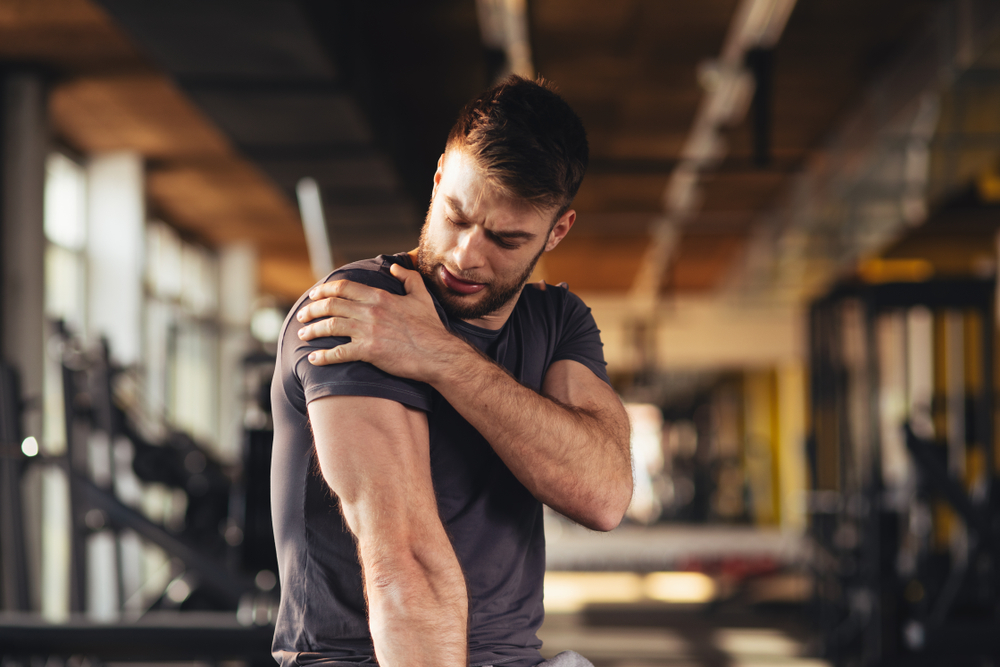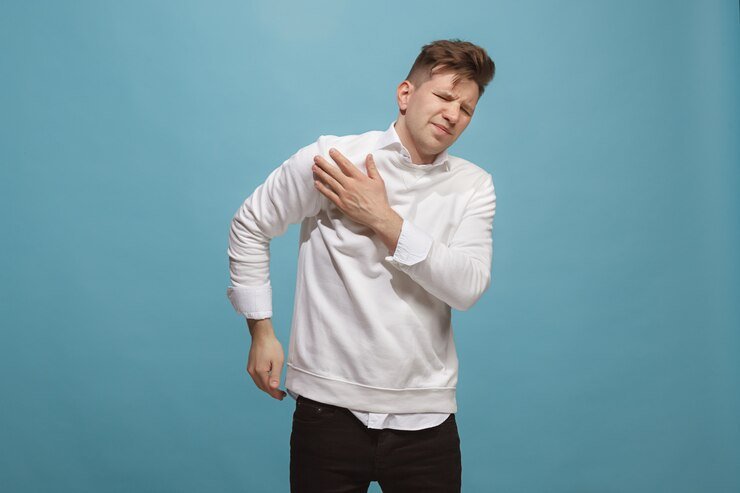Shoulder impingement is a type of shoulder pain. It can occur in two ways: through irritation that feels like a pinch, called impingement, and when there is damage to the rotator cuff. These problems can occur together or separately. In some cases, rotator cuff damage is the result of a direct impact. Learn more with this information provided by Cleveland Clinic.
The inside of the shoulder
The shoulder is the most mobile part of the human body. It is made up of complex structures involving several bones and soft tissues, such as ligaments, tendons, and muscles, which work in a coordinated manner to produce the movements necessary in our daily lives.
However, these movements are linked to stability. Because of this, work or sports activities that produce stress on the shoulders can lead to injuries, especially when people overextend themselves or carry more weight than they should.

What is pinching?
In simple terms, impingement is an injury to the muscles that are located in the shoulder area.
Normally, the bones throughout the body are surrounded by muscle. However, in the shoulder region, muscles and tendons are surrounded by bone. The rotator cuff is between the upper arm bone and the top of the shoulder (also known as the acromion). This unique arrangement of muscle and tendon between the bones contributes to the development of impingement syndrome (shoulder bursitis or rotator cuff tendonitis).
When the rotator cuff is injured, it swells similarly to how an ankle sprained. Because the rotator cuff is surrounded by bone, its swelling causes increased pressure within the tendon, resulting in compression and reduced blood flow in the capillaries, or blood vessels.
As the tissue swells, you may experience pain that gets worse with movement. However, it’s important to note that this pain can also indicate a more serious rotator cuff injury, which may be a small tear or hole in the tendon (known as a rotator cuff tear).
How to relieve pain?
According to Gregory Gilot, a specialist in shoulder arthroscopy and rotator cuff disorders at the Cleveland Clinic, stretching can improve shoulder mechanics so that the patient does not feel pain.
“Posture is key, sitting upright reduces the impact because keeping your back straight and shoulders back creates a space under the collarbone that allows the rotator cuff to move. If you are going to sleep on your side, we recommend that you use a pillow of the appropriate size and do not place your arm under it,” said the specialist.

How is it treated?
Treatments for this condition include ice, over-the-counter anti-inflammatory medications, and an organized physical therapy program.

The most important treatment for impingement syndrome is physical therapy. In most cases, the patient only needs one visit to the physical therapist to learn how to do physical therapy at home. Ice should be applied to the shoulder for 20 minutes once or twice a day.
If approved by your doctor, some patients find anti-inflammatory medications such as ibuprofen or naproxen helpful in relieving pain. For more severe cases, a stronger prescription anti-inflammatory medication may be necessary. In cases of severe pain, a cortisone injection may help reduce symptoms.
If the patient still has symptoms after these treatments, an MRI may be necessary to rule out a rotator cuff tear. If the patient tears the rotator cuff, surgery may be required.
When experiencing this type of pain, it is best to speak to an orthopedic specialist so that the condition can be properly diagnosed and the best course of treatment can be determined, which can range from physical therapy to surgery.





















+ There are no comments
Add yours